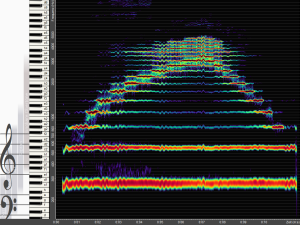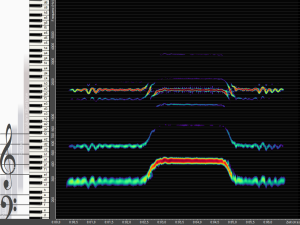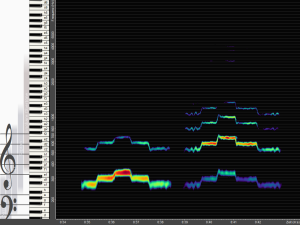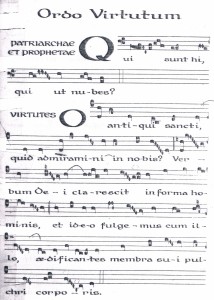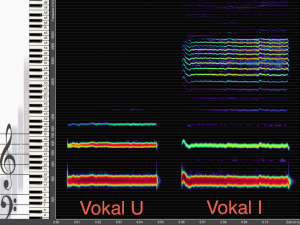La técnica occidental del canto de armónicos o canto difónico y su utilización en la música de notación clásica
Anna-Maria Hefele, cantante difónica, artista vocal y cantante
Traducido del alemán por Ana Medina Martín, España
Revisado por Marco Antonio Ugalde, España
El canto difónico es una técnica de cant…Read More →

